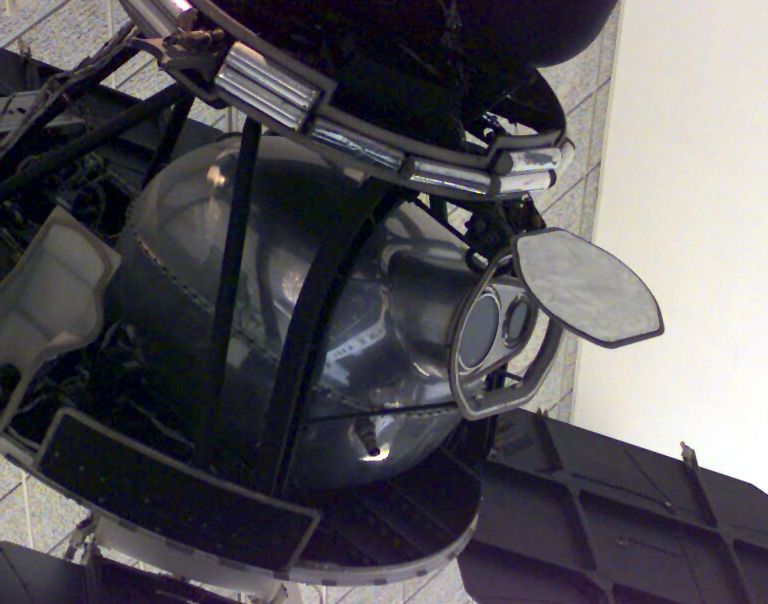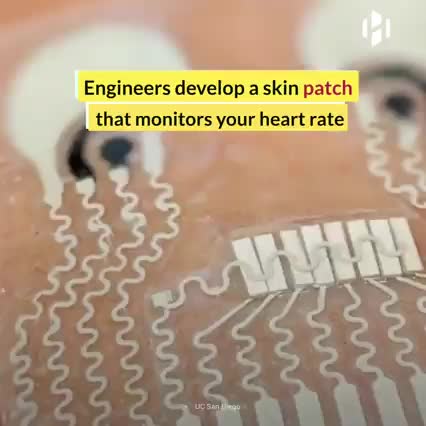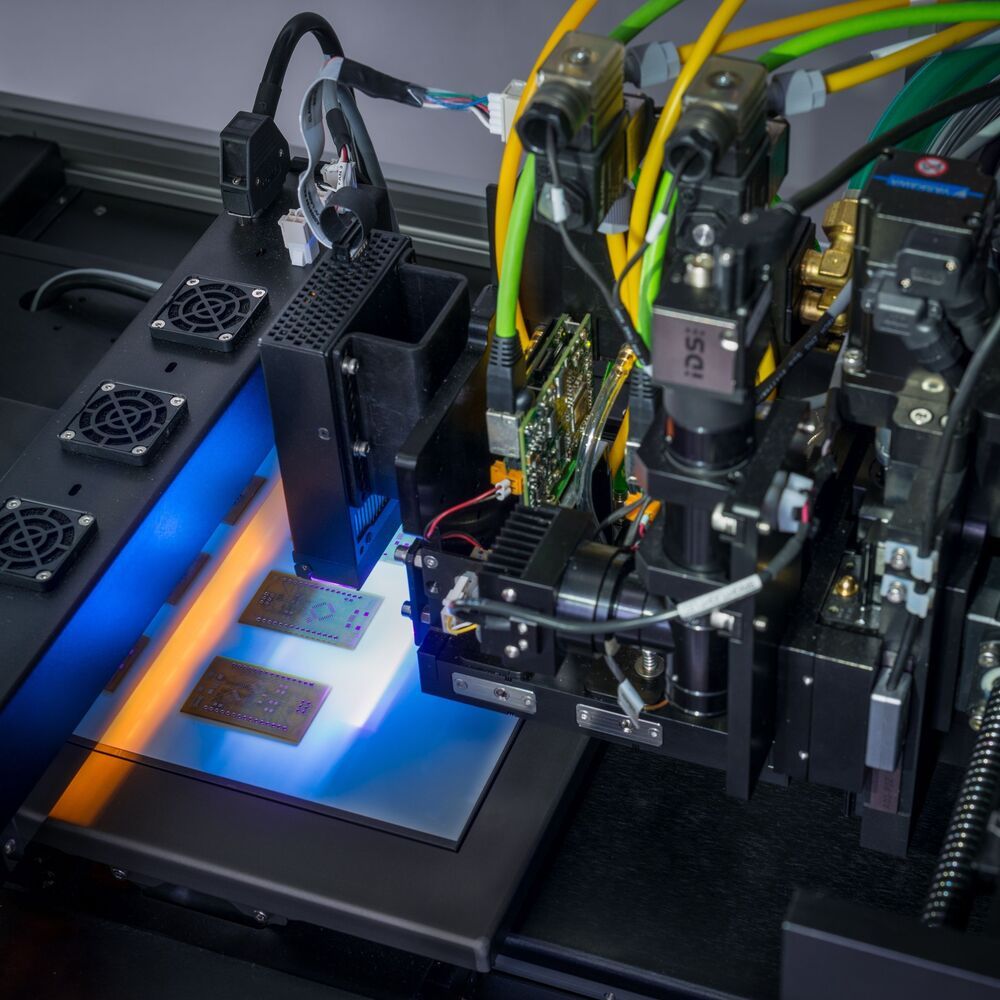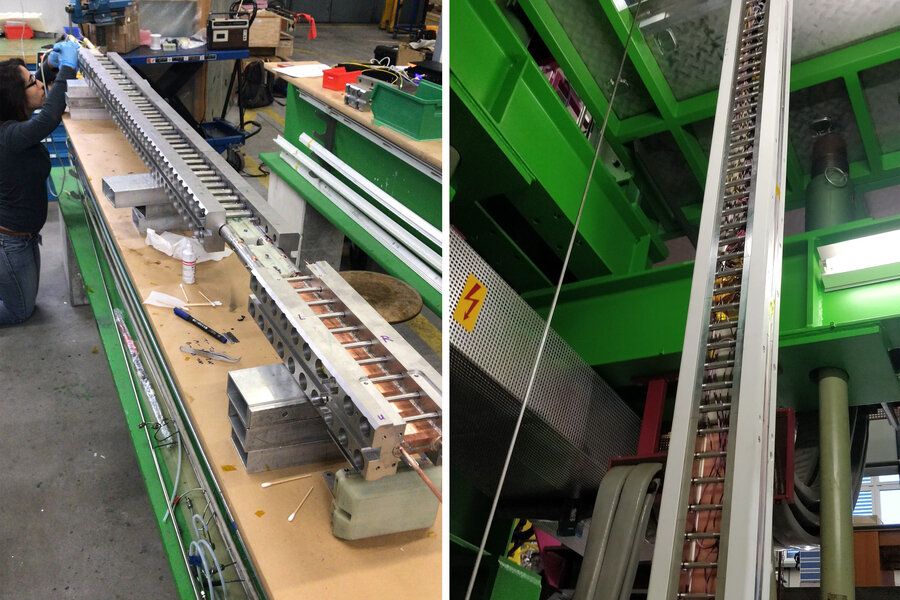We all love watching SpaceX landing the Falcon 9, so why is it so difficult to get footage of it?






“The Murakami Corporation has partnered with Parity Innovations, a startup that developed a holographic display technology, the Parity Mirror, which breaks up a projected image using a series of tiny mirrors and then refocuses them into a reconstituted image that appears to float in mid-air. What the Murakami Corporation brings to the table is its infrared sensors, which are able to detect the presence of fingers without them having to make physical contact. The result is a series of glowing buttons that don’t actually exist but can still be activated by touching them.”
Japanese smart toilets already provide a luxe experience, but this high-tech upgrade will take them to the next level.

Since its proprietary technology launched back in 2014, industrial 3D printer OEM Nano Dimension has built a name for itself in the world of additively manufactured electronics (AME).
With ongoing refinements to its flagship DragonFly LDM® 3D printer, the company is now doubling down on its 3D printing of high-performance electronic devices (Hi-PEDs™), an area in which it’s seen significant success in recent years. The Hi-PEDs™ targeted by the company often cannot be produced using traditional printed circuit board (PCB) manufacturing processes.
Yoav Stern, CEO of Nano Dimension, states, “We’re the 3D printing company for customers who need to stay on the cutting edge of electronics design. You’re creating the latest innovations in hardware development and electronic circuits. You need an additive manufacturing solution that allows you to go where no one has gone before in electronics design — and to get there faster and easier than ever before.”


The pursuit of fusion as a safe, carbon-free, always-on energy source has intensified in recent years, with a number of organizations pursuing aggressive timelines for technology demonstrations and power plant designs. New-generation superconducting magnets are a critical enabler for many of these programs, which creates growing need for sensors, controls, and other infrastructure that will allow the magnets to operate reliably in the harsh conditions of a commercial fusion power plant.


A type of novel molecular voltage sensor makes it possible to watch nerve cells at work. The principle of the method has been known for some time. However, researchers at the University of Bonn and the University of California in Los Angeles have now succeeded in significantly improving it. It allows the propagation of electrical signals in living nerve cells to be observed with high temporal and spatial resolution. This enables investigations into completely new questions that were previously closed to research. The study has now been published in the journal PNAS.